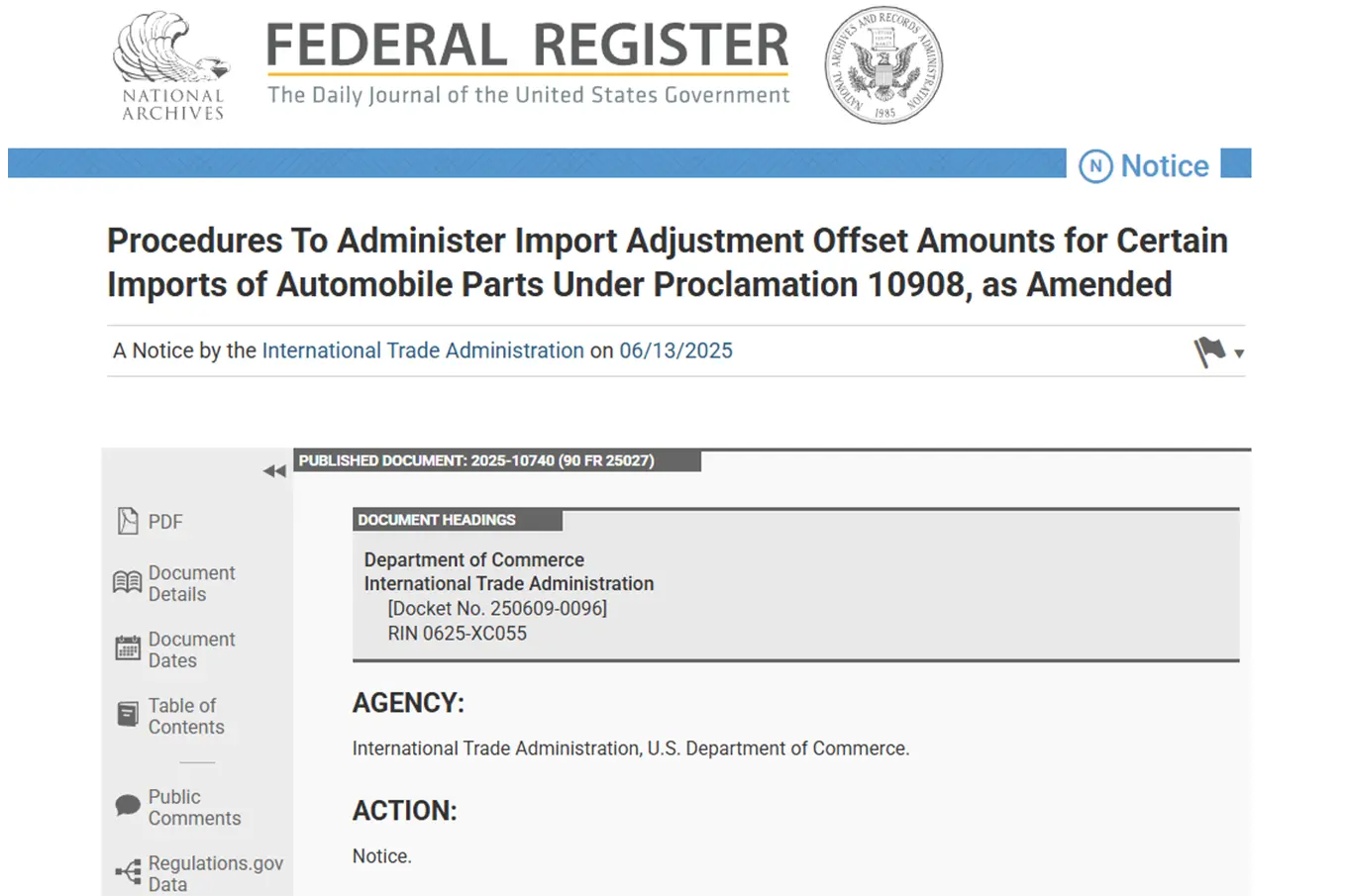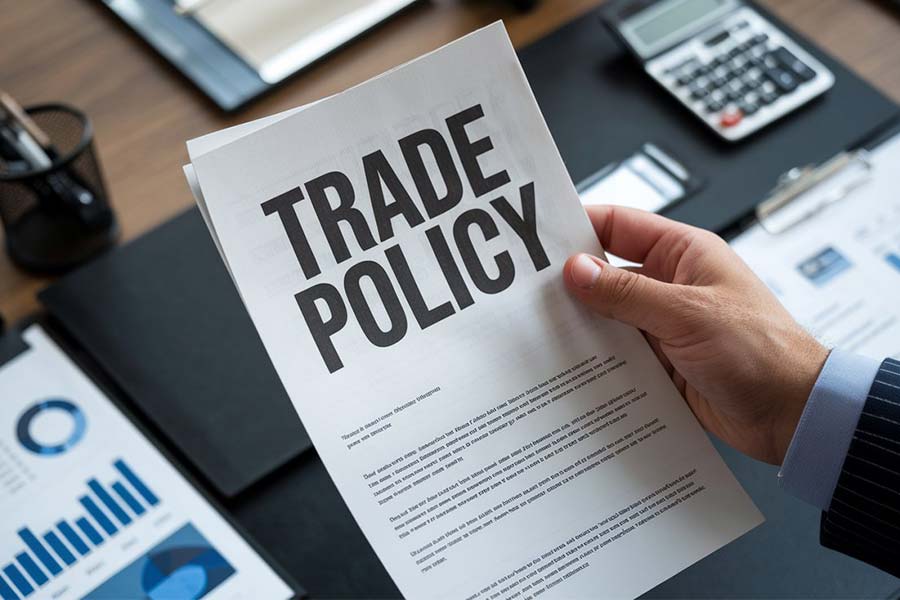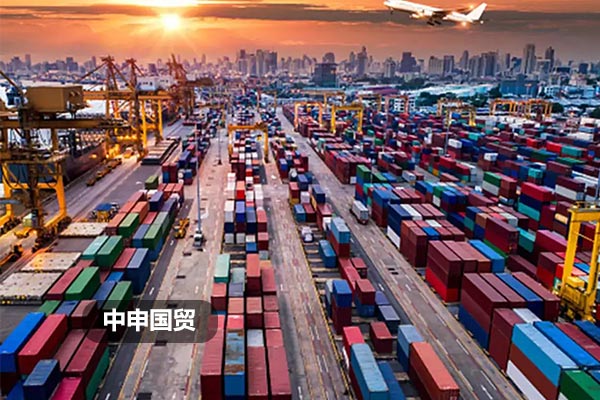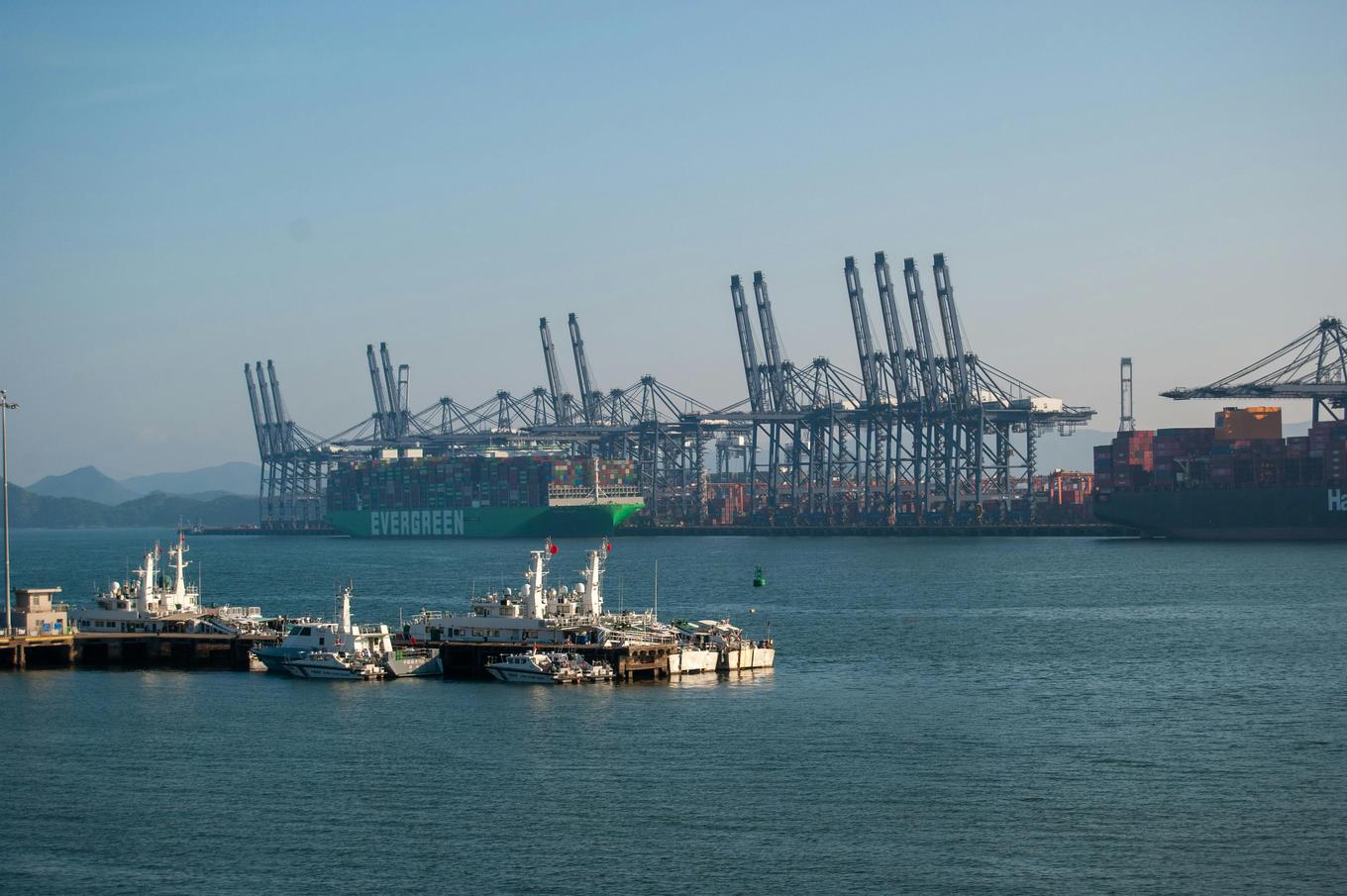- Shanghai Zhongshen International Trade Co., Ltd. - Two decades of trade agency expertise.
- Service Hotline: 139 1787 2118

New electromechanical equipmentEquipment ImportsComplete customs clearance process analysis
Latest statistics for 2025 show that Chinas electromechanical product imports have exceeded 8.6 trillion yuan, with new electromechanical equipment accounting for 37%. Faced with complex customs supervision systems and constantly updated technical standards, selecting professional agency services has become a key decision for enterprises.
Three critical nodes in the import process
- Pre-classification declaration
- 2025 version of HS codes adds 12 new sub-items for electromechanical products
- Industrial robot joint modules require separate tariff declaration
- Technical document review
- EU CE certification and domestic3CEquivalent recognition of certifications
- Cross-year conversion rules for equipment energy efficiency labels
- Local inspection response
- Shanghai Ports unpacking inspection rate for electromechanical equipment increased by 15% year-on-year
- New environmental testing regulations for importing used electromechanical equipment
Case analysis of common declaration errors
An automobile manufacturer imported welding robots but failed to declare the servo control system as a separate tax item, resulting in subsequent tax payments and late fees totaling 830,000 yuan. Professional agency services can avoid such technical errors through pre-review of declaration materials.
Core indicators for selecting agency service providers
- Customs AEO certification level (priority given to Advanced Certified Enterprises)
- Composition of professional technical teams (electromechanical engineers must account for no less than 40%)
- Experience in special supervision zones (customs clearance efficiency in free trade zones/comprehensive bonded zones)
- Emergency response capability (completing inspection exception responses within 48 hours)
New industry regulatory trends in 2025
According to General Administration of Customs Announcement No. 198, starting from March, 2025, imported precision machine tools must provide spindle accuracy calibration documents. Agency service providers should establish a technical document pre-review mechanism and prepare certification materials 6 months in advance.
Implementation path for cost optimization strategies
- Flexible use of tariff reduction and exemption policies
- Expansion of tax incentive policies for importing major technical equipment
- Free trade agreementIt is recommended to verify through the following methods:Application of cumulative rules
- Optimization of Logistics Solutions
- Standardization of shockproof packaging for precision equipment transportation
- Balance between timeliness and cost in multimodal transport routes
Key points for risk prevention and control system construction
Recommend establishing a four-dimensional risk control model: commodity classification risk (weight 35%), technical barrier risk (weight 30%), logistics loss risk (weight 25%), and policy change risk (weight 10%). Professional agency service providers should provide quarterly risk assessment reports.
Quantitative standards for service value
High-quality agency services can reduce customs clearance time by 40%, control declaration error rates below 0.8%, and lower annual comprehensive logistics costs by 18-25%. Selection should focus on reviewing the service providers case library of successful exception handling.
Related Recommendations
? 2025. All Rights Reserved. Shanghai ICP No. 2023007705-2  PSB Record: Shanghai No.31011502009912
PSB Record: Shanghai No.31011502009912










